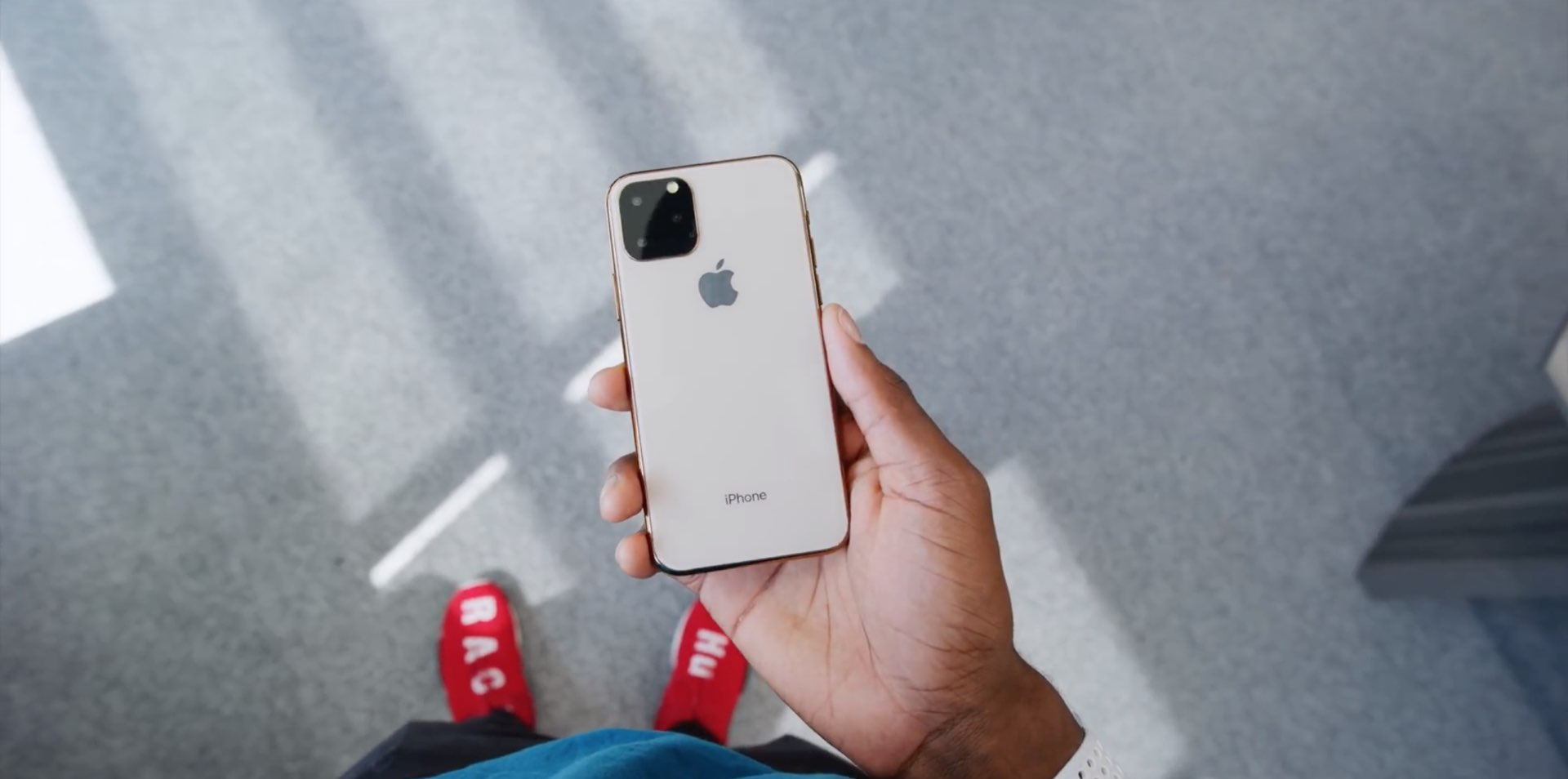
This week, Apple is going to announce new products, which will probably include new iPhones. And a new report states that there will be a new coprocessor under the hood this year.
MacRumors has discovered additional hints within the pre-release version of iOS 13 that suggests Apple has been working on a new sensor coprocessor for the 2019 iPhone lineup. The new coprocessor is codenamed both “Rose” and “R1”, and it will be added to the A13 processor within the iPhones launched this year.
Based on evidence from an internal build of iOS 13, the first iteration of the Rose coprocessor, the R1 (t2006), is similar to Apple’s M-series motion coprocessor in that it helps inform iOS about where the iPhone is located in space and where it is headed by offloading the processing of that sensor data from the main system processor.
Interestingly, it sounds like the R1 coprocessor will include more sensors when compared to the M1 motion coprocessor. This will hopefully mean that the sensor coprocessor can be more accurate about the iPhone’s location.
The Rose coprocessor will add support for an inertial measurement unit (IMU), Bluetooth 5.1 features, ultra-wideband (UWB) and camera (including motion capture and optical tracking) sensor data to not only tell where the device is but also fuse this sensor data together to find lost Apple Tags and aid in the processing of People Occlusion from ARKit. Given the overlap in sensor data collection and processing the Rose coprocessor may replace the M-series motion coprocessor.
As it stands, while the code in iOS 13 reveals this new coprocessor, it remains to be seen how Apple will market it. Will this replace the M-series motion coprocessors altogether? Will it accentuate and beef up what’s already present? Is Apple going to say anything at all about the R1 sensor coprocessor at tomorrow’s event? We will have to wait and see.